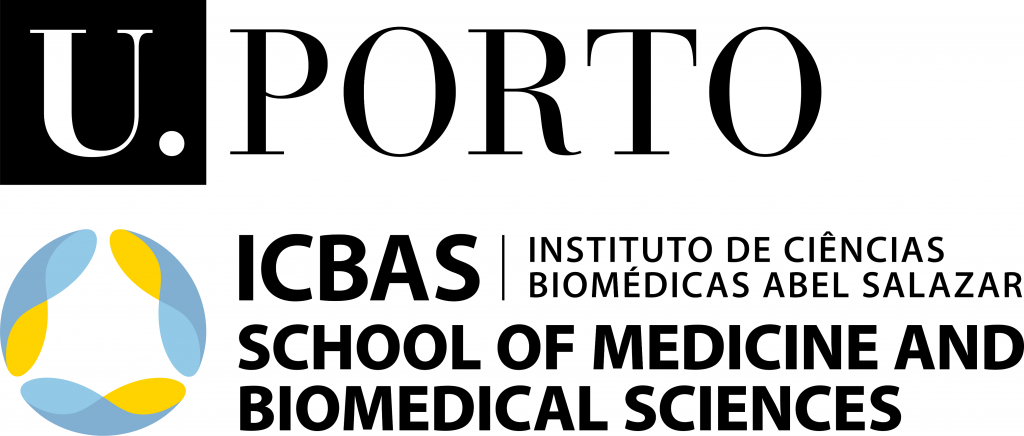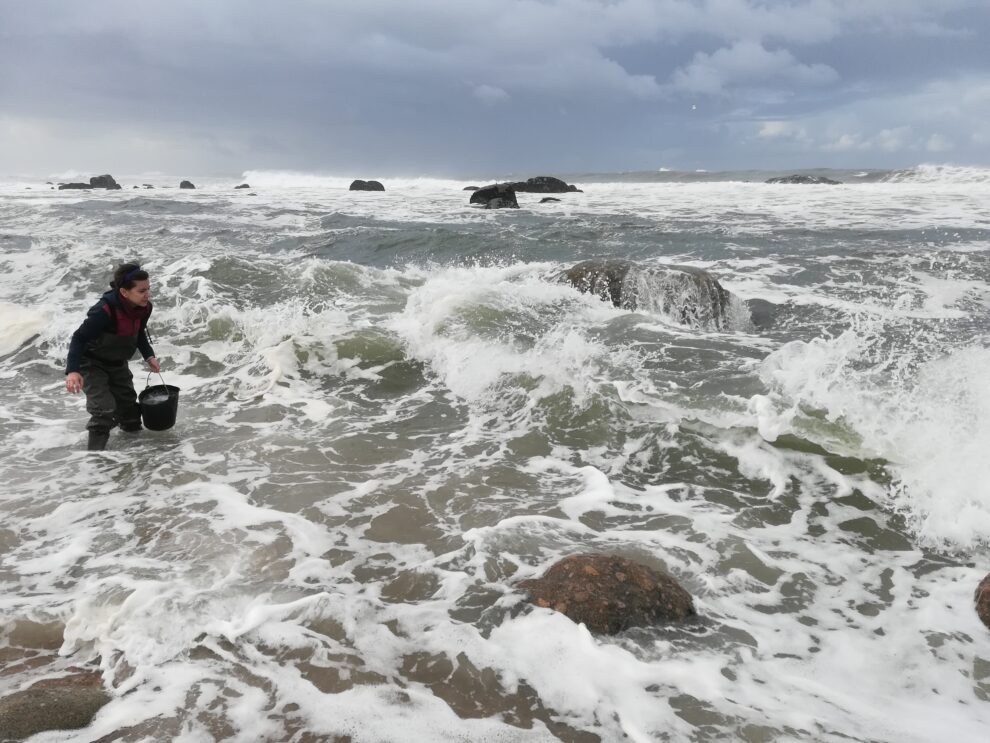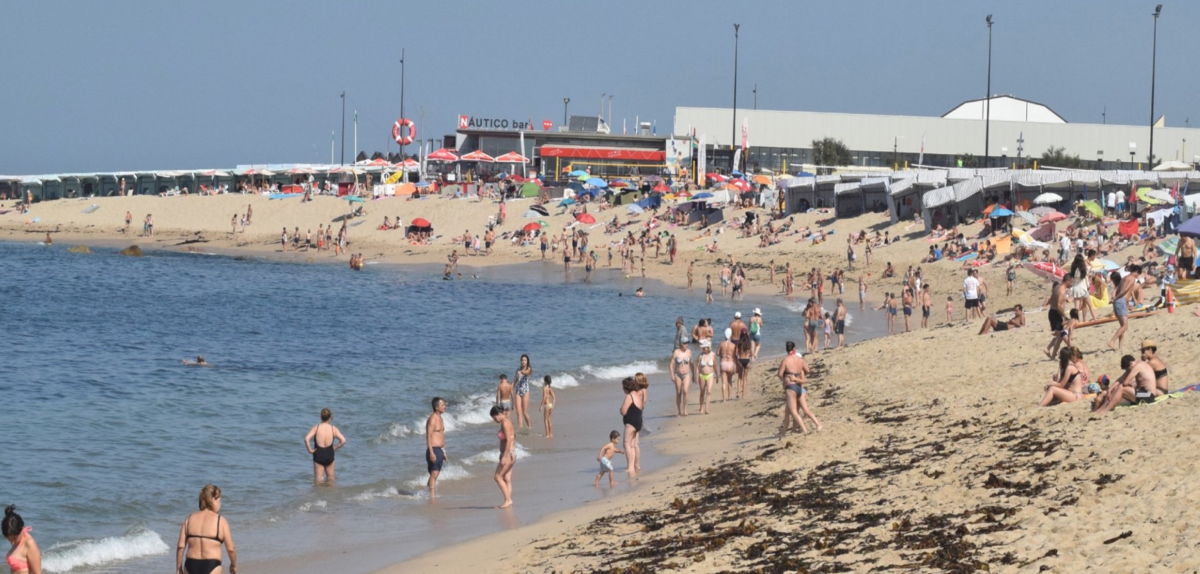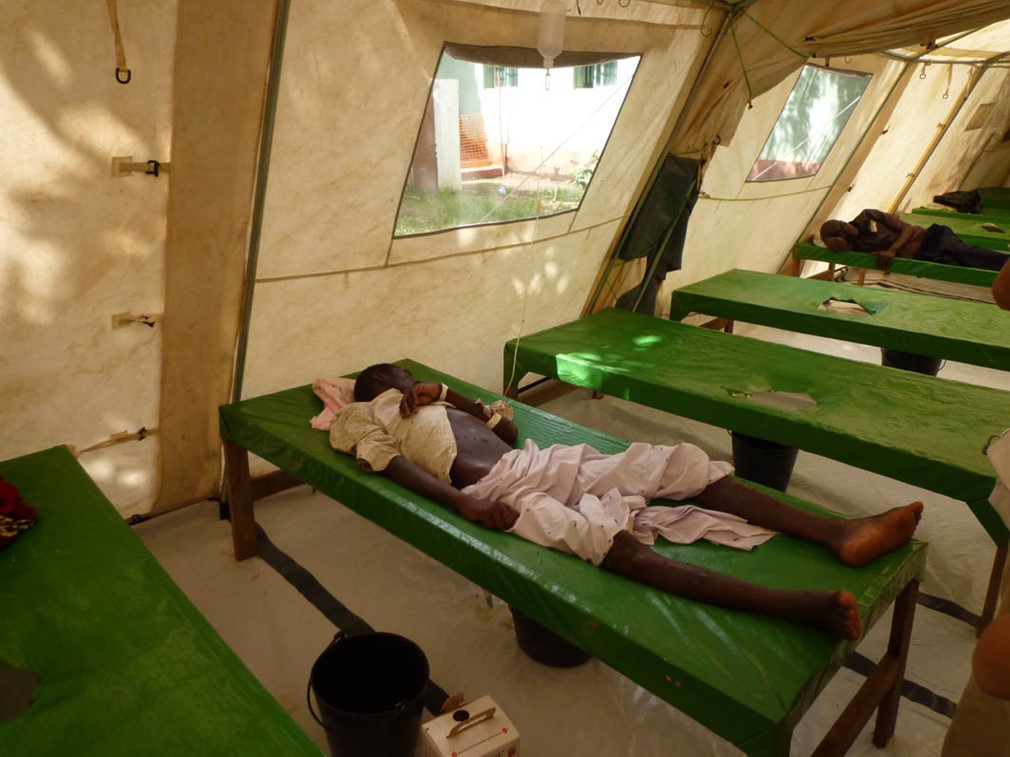There is a lot of water on the Planet. But since it is 97% salty, it cannot be directly used by most land, air and freshwater aquatic beings. If 2000 years ago we had the same amount of water available as today, at the time for the consumption of 72 million inhabitants, the 8 billion people today have to share it among everyday uses, such as domestic, industrial and agricultural, requiring ever-increasing amounts. The pressure on the water resource has never been so high, but with ongoing climate change, globally applicable measures must be taken to protect the hydrosphere.
In 2010, the United Nations General Assembly approved a historic resolution considering access to drinking water as a human right, along with other enshrined rights. Part of the water returns to the aquatic environment, but with different chemical, physical and even microbiological characteristics. In other words, polluted. Contaminated water means a sick environment and, ultimately, leads to the degradation of the health of the Biosphere, the thin layer of the Earth where living beings are distributed.
Read the full article here.
